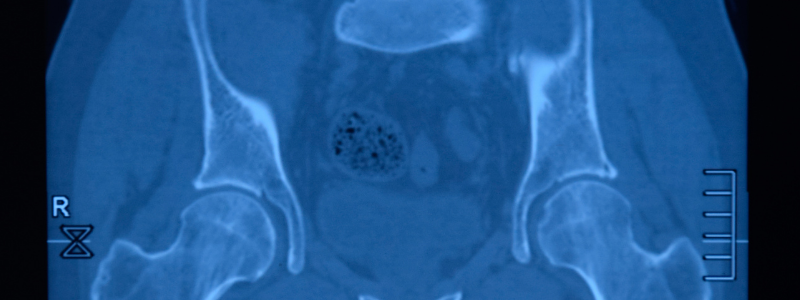
Inga Back, MPH
Patients with axial spondyloarthritis (axSpA) who developed extraskeletal manifestations, including acute anterior uveitis (AAU), inflammatory bowel disease (IBD), and psoriasis, over a 4-year period had worse quality of life scores, despite the use of tumor necrosis factor inhibitor (TNFi) therapy, according to study results published in The Journal of Rheumatology.
Researchers investigated the prevalence and the 4-year incidence of extraskeletal manifestations in patients with axSpA, and determined the impact of extraskeletal manifestations on clinical outcomes in axSpA.
Researchers included consecutive patients in the prospective, observational Groningen Leeuwarden Axial Spondyloarthritis (GLAS) cohort with a baseline visit between November 2004 and December 2011. Measurements at baseline and follow-up visits included use of medications, disease activity of ankylosing spondylitis (AS), health-related quality of life, physical function, spinal mobility, and radiographic damage. Data of baseline and incident AAU, IBD, and psoriasis were only used when diagnosed by an ophthalmologist, gastroenterologist, or dermatologist, respectively.
Among 414 patients with axSpA, 130 (31.4%) had a history of 1 or more extraskeletal manifestations, including AAU (24.9%), IBD (9.4%), and psoriasis (4.3%). Patients with a history of psoriasis had more spinal radiologic damage (modified Stoke Ankylosing Spondylitis Spine Score odds ratio [mSASSS OR] 6.88) and radiologic damage of the cervical spine (cervical mSASSS OR, 23.27).
Of 362 patients with 4-year follow-up data, 57 (15.7%) developed an extraskeletal manifestation, including 48 (13.3%) with AAU (13 [3.6%] with a first episode and 35 [9.7%] with recurrent disease), 7 (1.9%) with a first episode of IBD, and 3 (0.8%) with a first episode of psoriasis.
After 4 years, patients with newly developed extraskeletal manifestations (n=18) had worse AS quality of life scores (mean, 10.0 vs 5.8; P =.001), less spinal mobility measured by occiput-wall distance (median, 6.3 vs 2.0; P =.02), and more limited lumbar range of motion, as measured by the modified Schober test (mean, 12.6 vs 13.6; P =.01). The majority of patients who developed an extraskeletal manifestation received antitumor necrosis factor therapy.
The researchers concluded, “History of extraskeletal manifestations was present at baseline in one-third of patients with axSpA. The 4-year incidence of extraskeletal manifestations was relatively low, but patients who developed a new extraskeletal manifestation reported worse quality of life.”
Learn more about our how comorbidities affect the quality of life of those living with AxSpA in our Quality of Life report located here.
Reference
van der Meer R, Arends S, Kruidhof S, Bos R, Bootsma H, Wink F, Spoorenberg A. Extraskeletal manifestations in axial spondyloarthritis are associated with worse clinical outcomes despite the use of tumor necrosis factor inhibitor therapy. J Rheumatol. Published online October 15, 2021. doi:10.3899/jrheum.210308
Original Source: Extraskeletal Manifestations in Patients With Axial Spondyloarthritis Associated With Worse Clinical Outcomes – Rheumatology Advisor